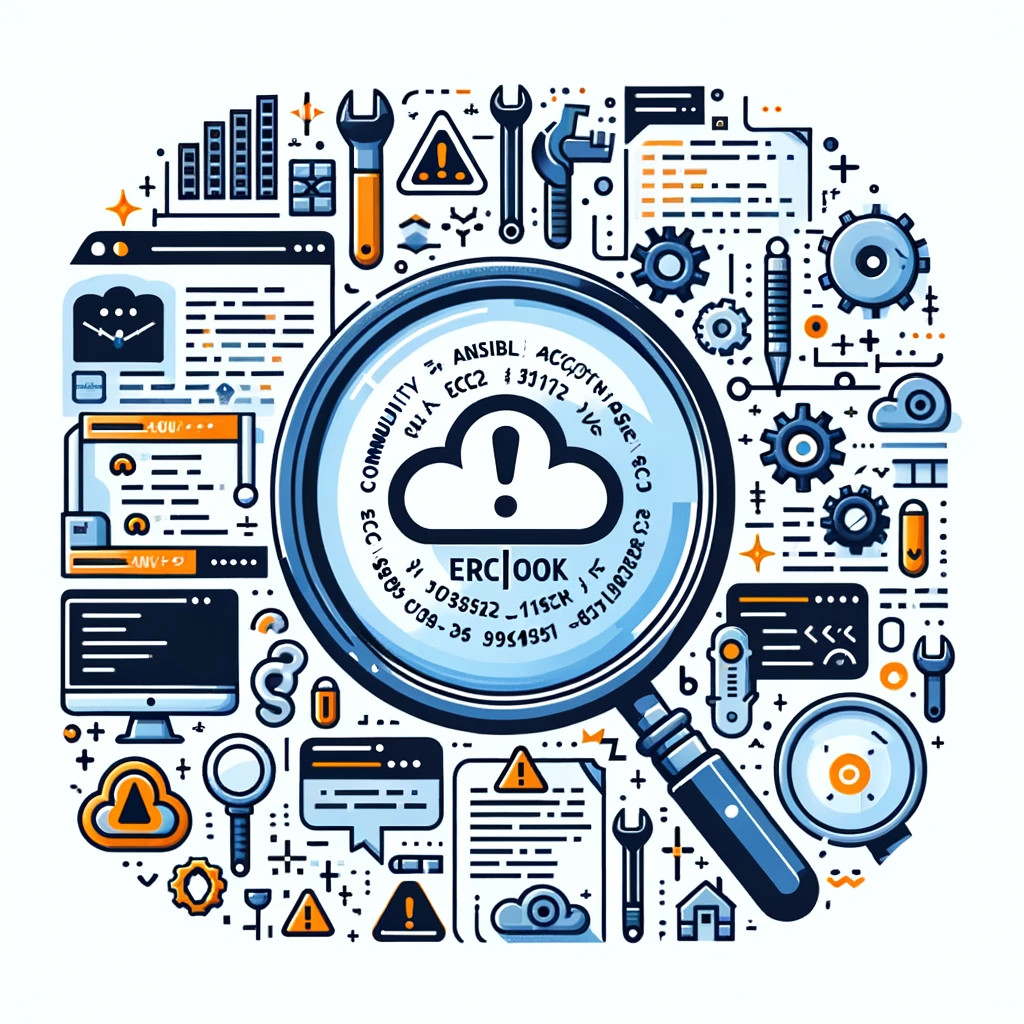AI Development Platforms: Google Vertex AI vs. Amazon SageMaker
A comparison between the Future of Machine Learning Platforms.
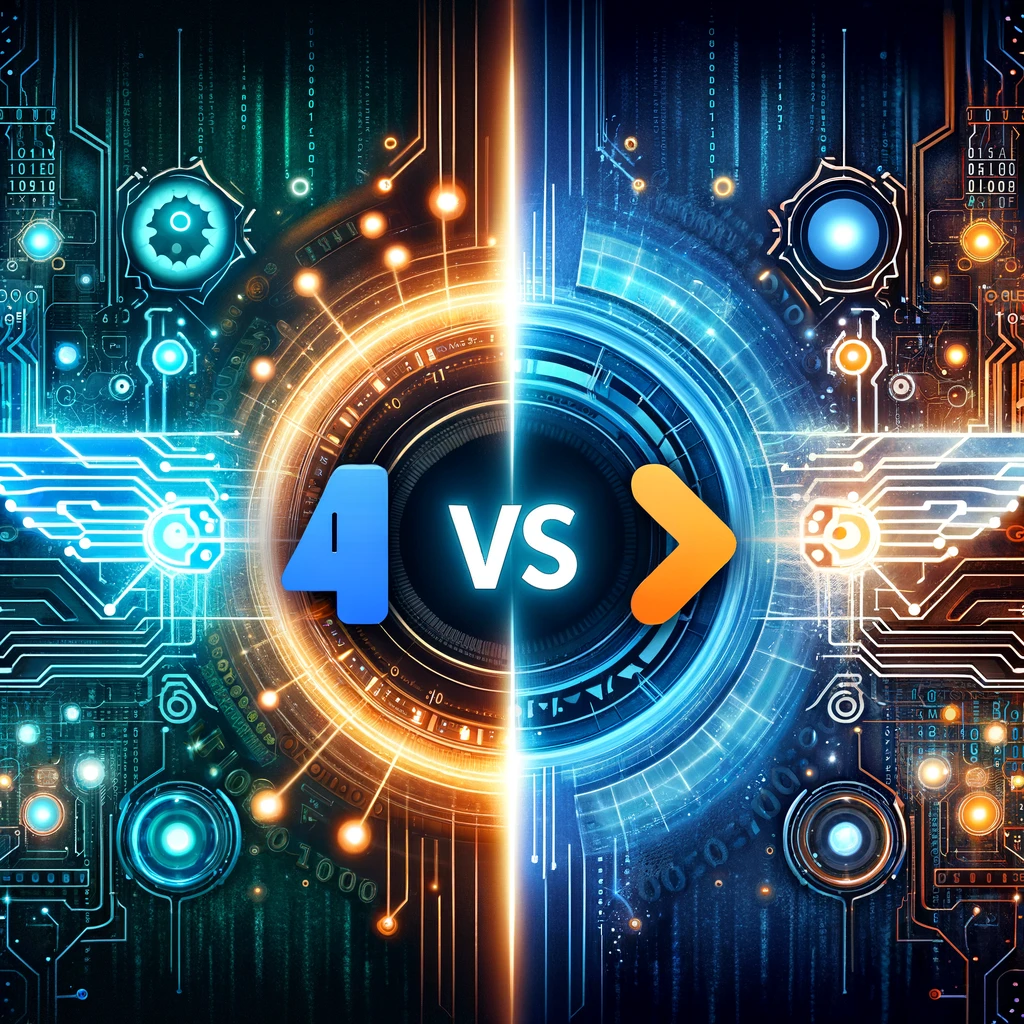

Introduction
Google Vertex AI vs. Amazon SageMaker: Navigating the AI Development Seas
In the rapidly evolving landscape of artificial intelligence (AI) and machine learning (ML), two giants stand as beacons for developers and enterprises aiming to harness the power of AI: Google Vertex AI and Amazon SageMaker. Choosing the right platform can feel like navigating through a maze of technical jargon, feature sets, and pricing models. This article aims to shine a light on the path, comparing and contrasting these platforms to help intermediate practitioners elevate their AI projects.
The Battle of the Titans: An Overview
Google Vertex AI and Amazon SageMaker are comprehensive suites designed to simplify the process of building, training, and deploying machine learning models. At their core, both platforms strive to democratize AI, offering tools that span the full ML lifecycle. However, their approaches, ecosystems, and strengths vary, presenting a classic case of “right tool for the right job.”
1. Ease of Use and Integration
Google Vertex AI excels in its seamless integration with Google Cloud’s ecosystem, providing an intuitive interface that allows for the quick assembly of ML models, especially for those already entrenched in Google Cloud services. Its AutoML feature stands out, enabling users with limited ML expertise to train high-quality models with minimal effort. For instance, a small e-commerce business can leverage Vertex AI to predict customer buying behavior without deep diving into complex model tuning.
Amazon SageMaker, on the other hand, shines with its broader array of tools and capabilities that cater to both novices and seasoned ML practitioners. SageMaker Studio, the first fully integrated development environment (IDE) for machine learning, offers a unified space to build, train, and deploy models. Its flexibility is exemplified by the ability to choose among various instance types for training and inference, optimizing cost and performance. A healthcare startup, for example, could use SageMaker to deploy a model that predicts patient outcomes, fine-tuning every aspect of the model’s performance.
2. Scalability and Performance
Scalability is a critical factor as your ML projects grow. Google Vertex AI leverages Google’s state-of-the-art infrastructure to ensure models scale efficiently and perform optimally under varying loads. Its integration with TensorFlow, Google’s open-source ML framework, allows for the development of custom models that scale seamlessly on Google’s infrastructure.
Amazon SageMaker matches this with its vast infrastructure, enabling users to scale models effortlessly across AWS’s global network. Its feature, SageMaker Multi-Model Endpoints, allows deploying multiple models on a single endpoint, reducing costs and improving performance. This is particularly useful for businesses that manage a large portfolio of models, such as a financial institution that uses different models for credit risk assessment, fraud detection, and customer segmentation.
The Best Resources For Ansible
Certifications
 Coursera Pro - Unlimited access to 7,000+ world-class courses, hands-on projects, and job-ready certificate programs—all included in your subscription
Coursera Pro - Unlimited access to 7,000+ world-class courses, hands-on projects, and job-ready certificate programs—all included in your subscription
Video Course
Printed Book
 Ansible For VMware by Examples
Ansible For VMware by Examples
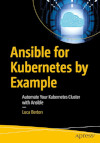 Ansible for Kubernetes by Example
Ansible for Kubernetes by Example
 Hands-on Ansible Automation
Hands-on Ansible Automation
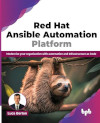 Red Hat Ansible Automation Platform
Red Hat Ansible Automation Platform
eBooks
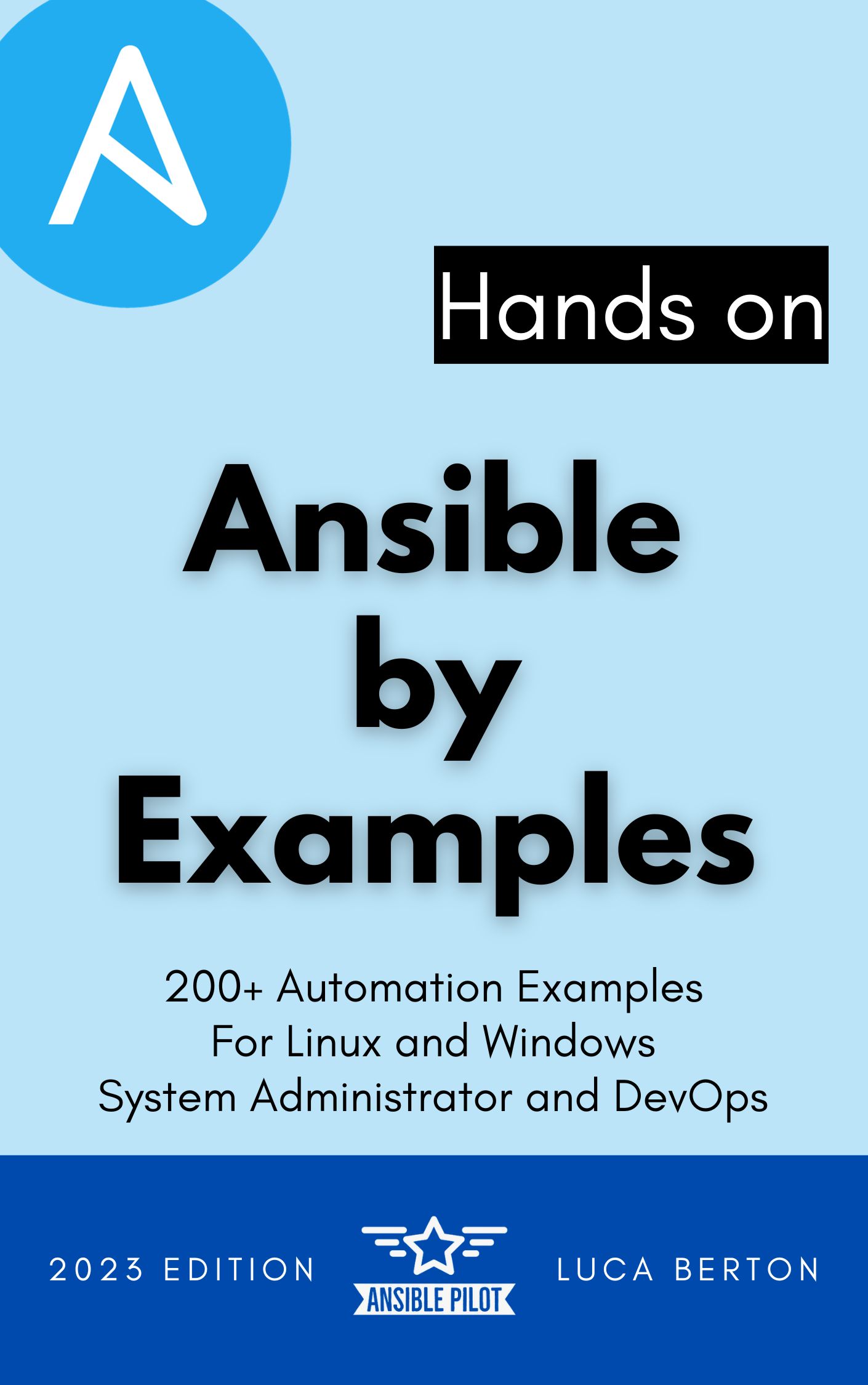 Ansible by Examples: 200+ Automation Examples For Linux and Windows System Administrator and DevOps
Ansible by Examples: 200+ Automation Examples For Linux and Windows System Administrator and DevOps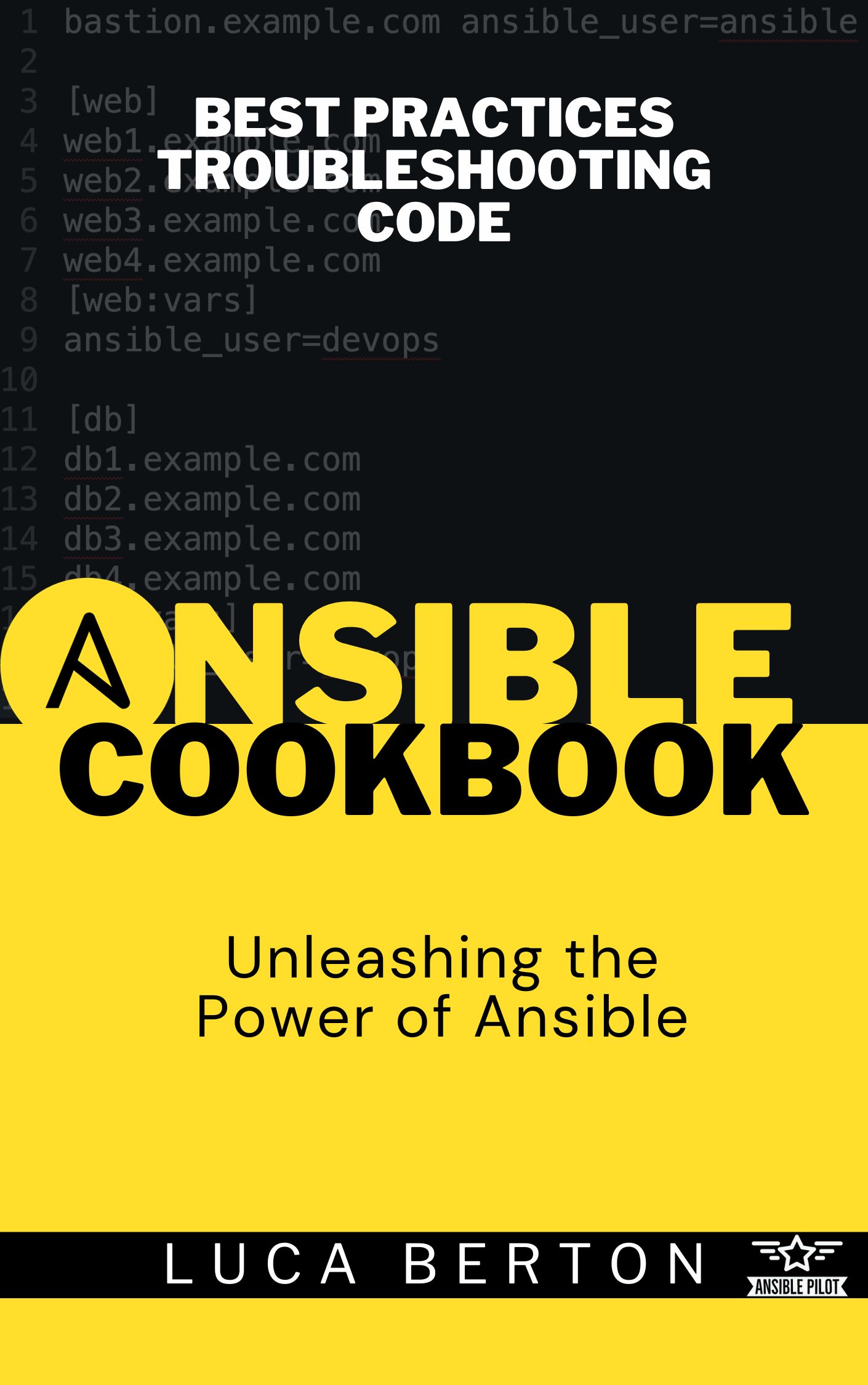 Ansible Cookbook: A Comprehensive Guide to Unleashing the Power of Ansible via Best Practices, Troubleshooting, and Linting Rules with Luca Berton
Ansible Cookbook: A Comprehensive Guide to Unleashing the Power of Ansible via Best Practices, Troubleshooting, and Linting Rules with Luca Berton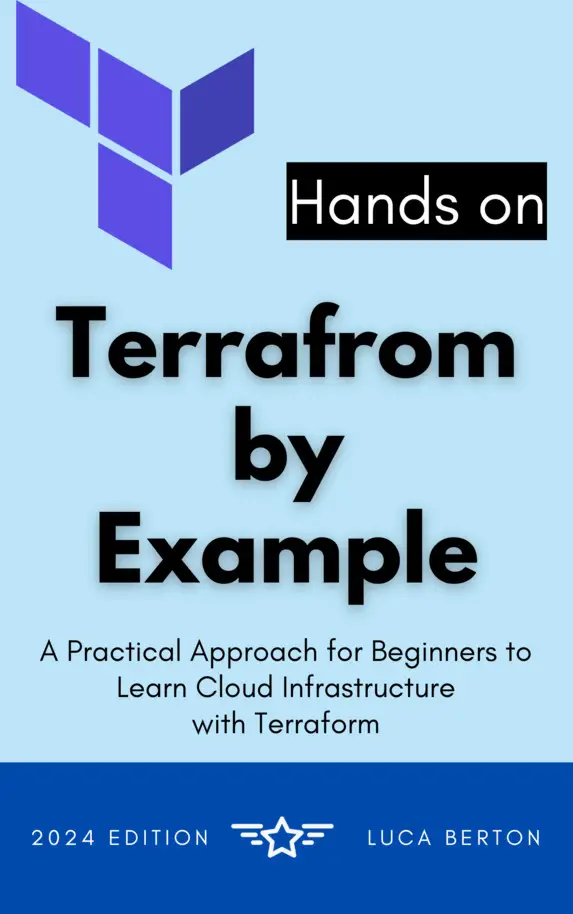 Terraform By Example: A Practical Approach for Beginners to Learn Cloud Infrastructure with Terraform
Terraform By Example: A Practical Approach for Beginners to Learn Cloud Infrastructure with Terraform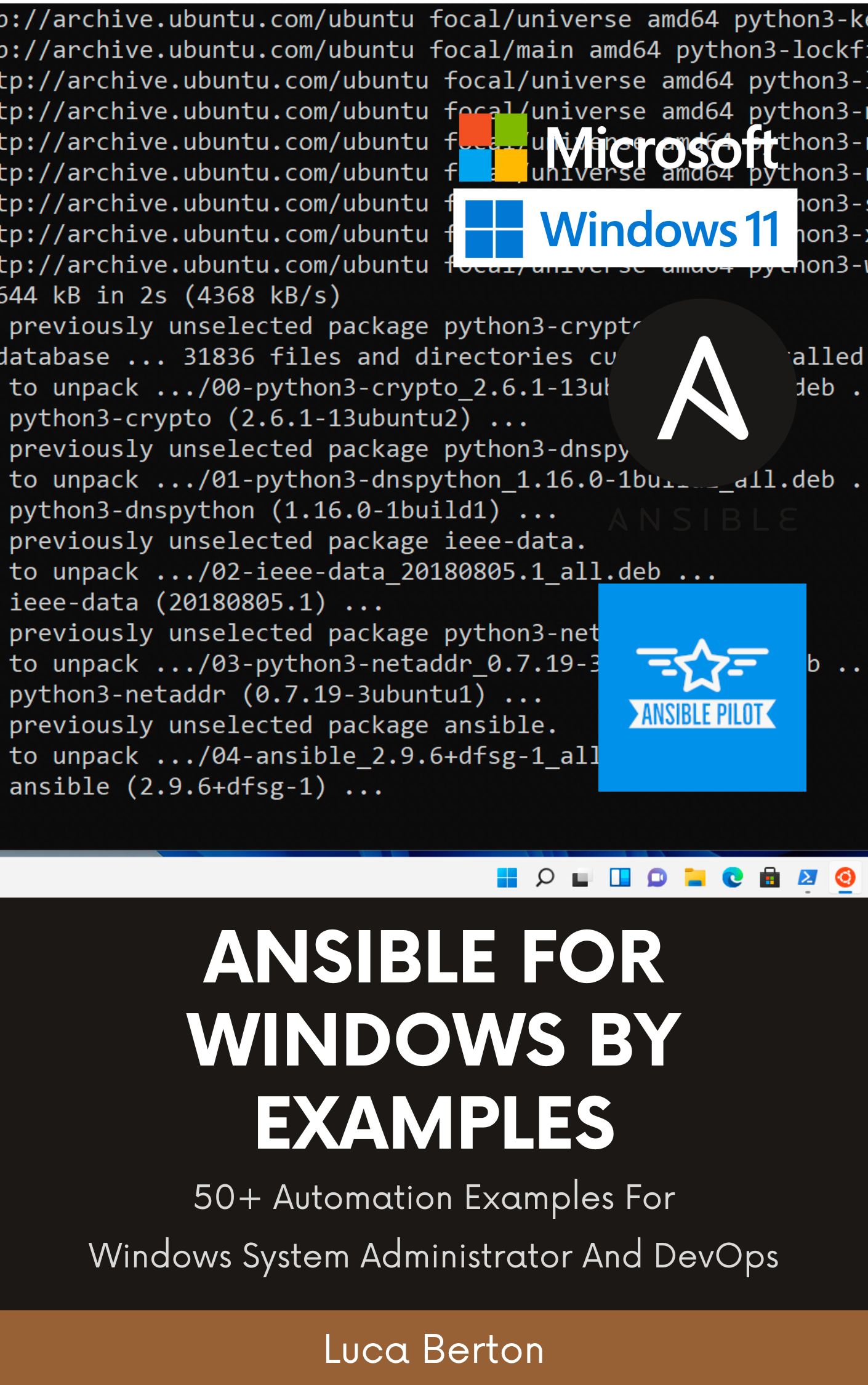 Ansible For Windows By Examples: 50+ Automation Examples For Windows System Administrator And DevOps
Ansible For Windows By Examples: 50+ Automation Examples For Windows System Administrator And DevOps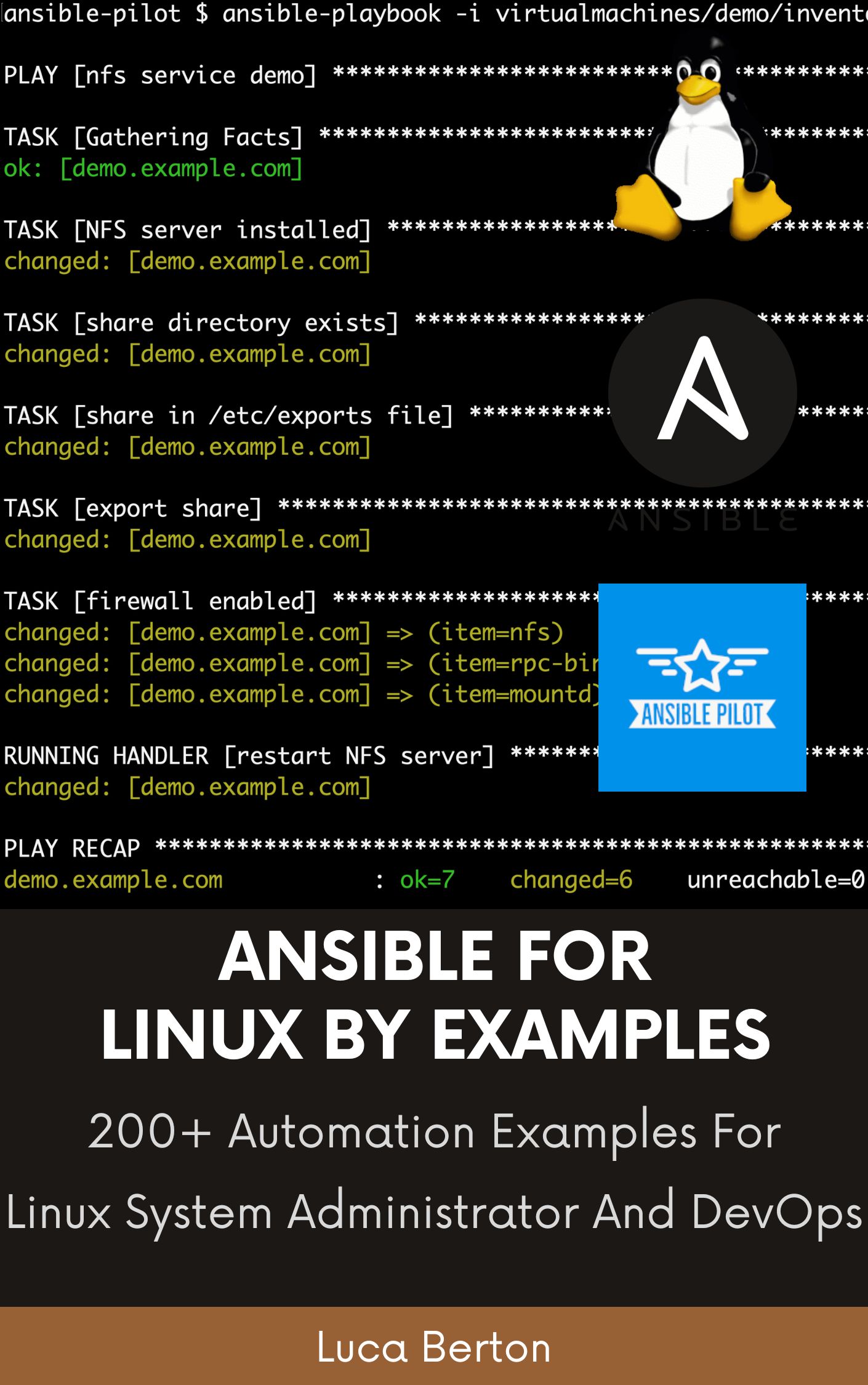 Ansible For Linux by Examples: 100+ Automation Examples For Linux System Administrator and DevOps
Ansible For Linux by Examples: 100+ Automation Examples For Linux System Administrator and DevOps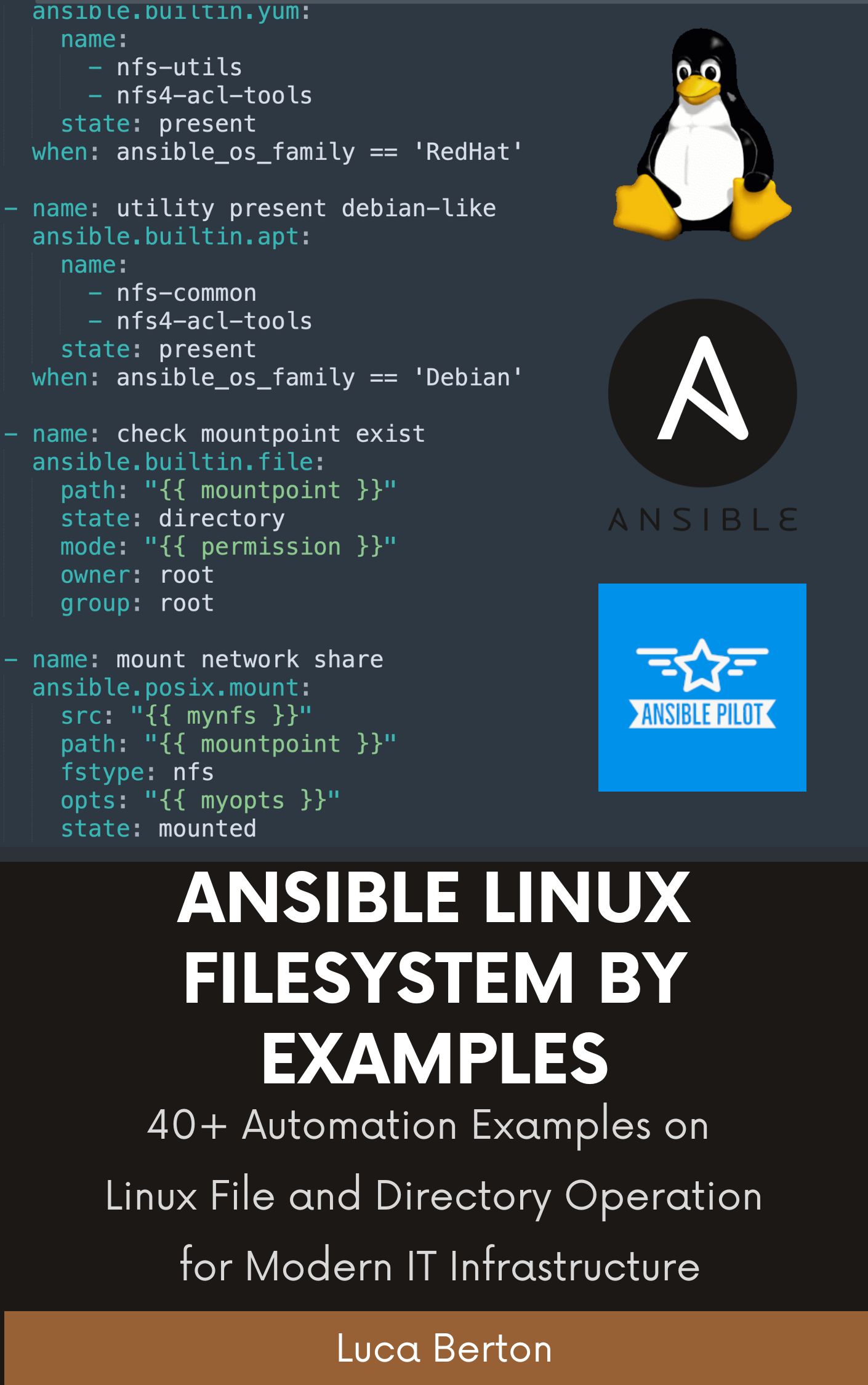 Ansible Linux Filesystem By Examples: 40+ Automation Examples on Linux File and Directory Operation for Modern IT Infrastructure
Ansible Linux Filesystem By Examples: 40+ Automation Examples on Linux File and Directory Operation for Modern IT Infrastructure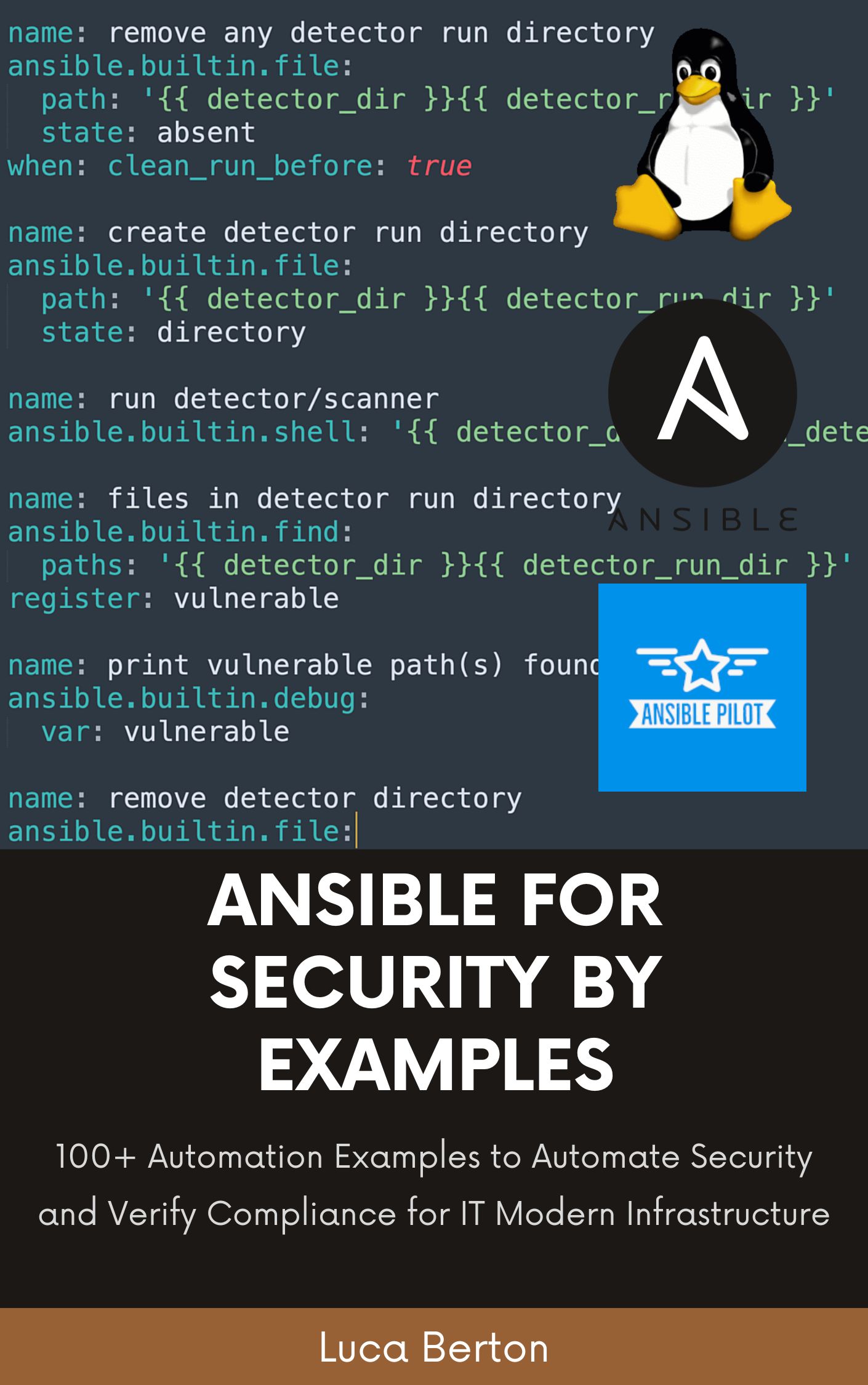 Ansible For Security by Examples: 100+ Automation Examples to Automate Security and Verify Compliance for IT Modern Infrastructure
Ansible For Security by Examples: 100+ Automation Examples to Automate Security and Verify Compliance for IT Modern Infrastructure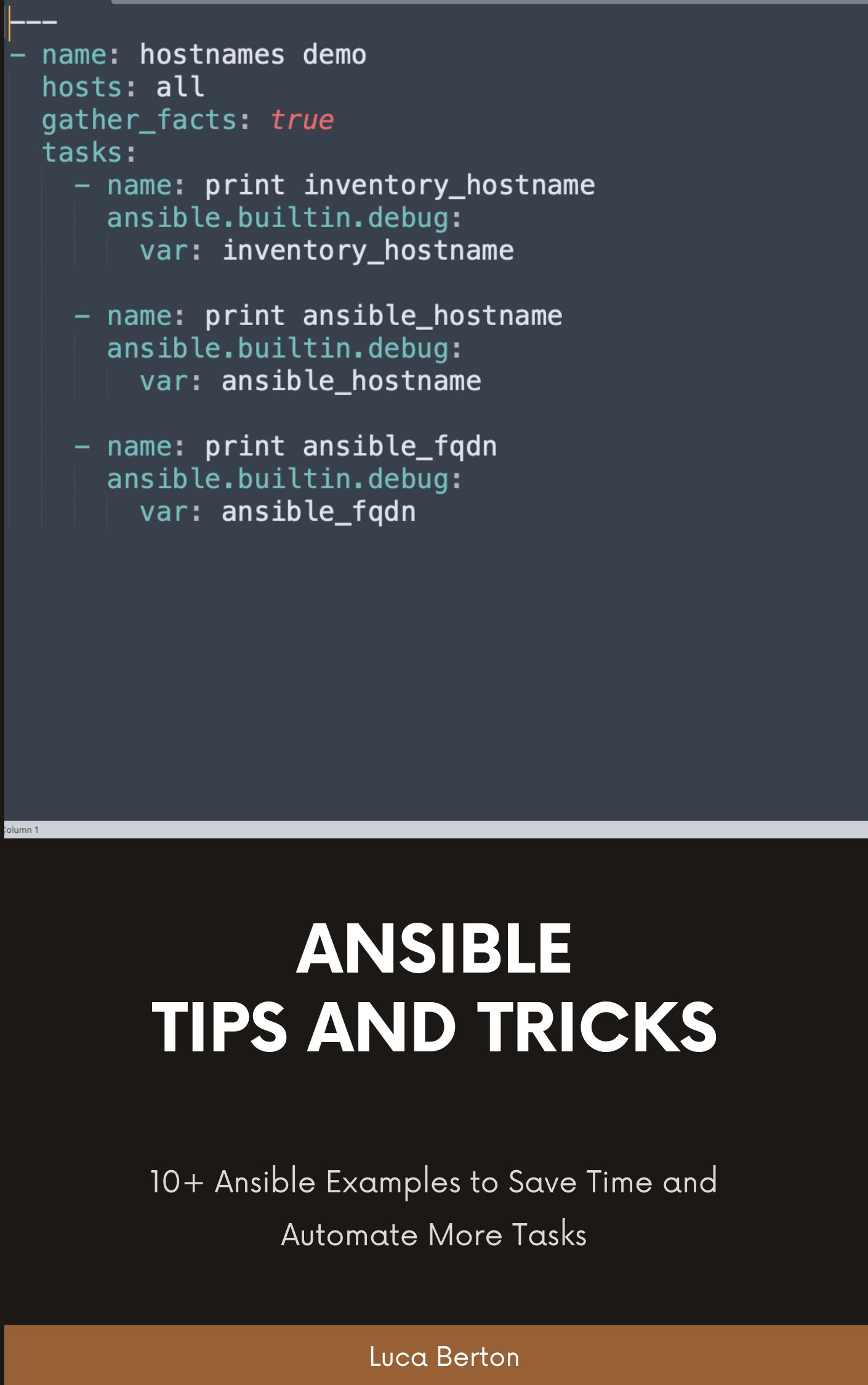 Ansible Tips and Tricks: 10+ Ansible Examples to Save Time and Automate More Tasks
Ansible Tips and Tricks: 10+ Ansible Examples to Save Time and Automate More Tasks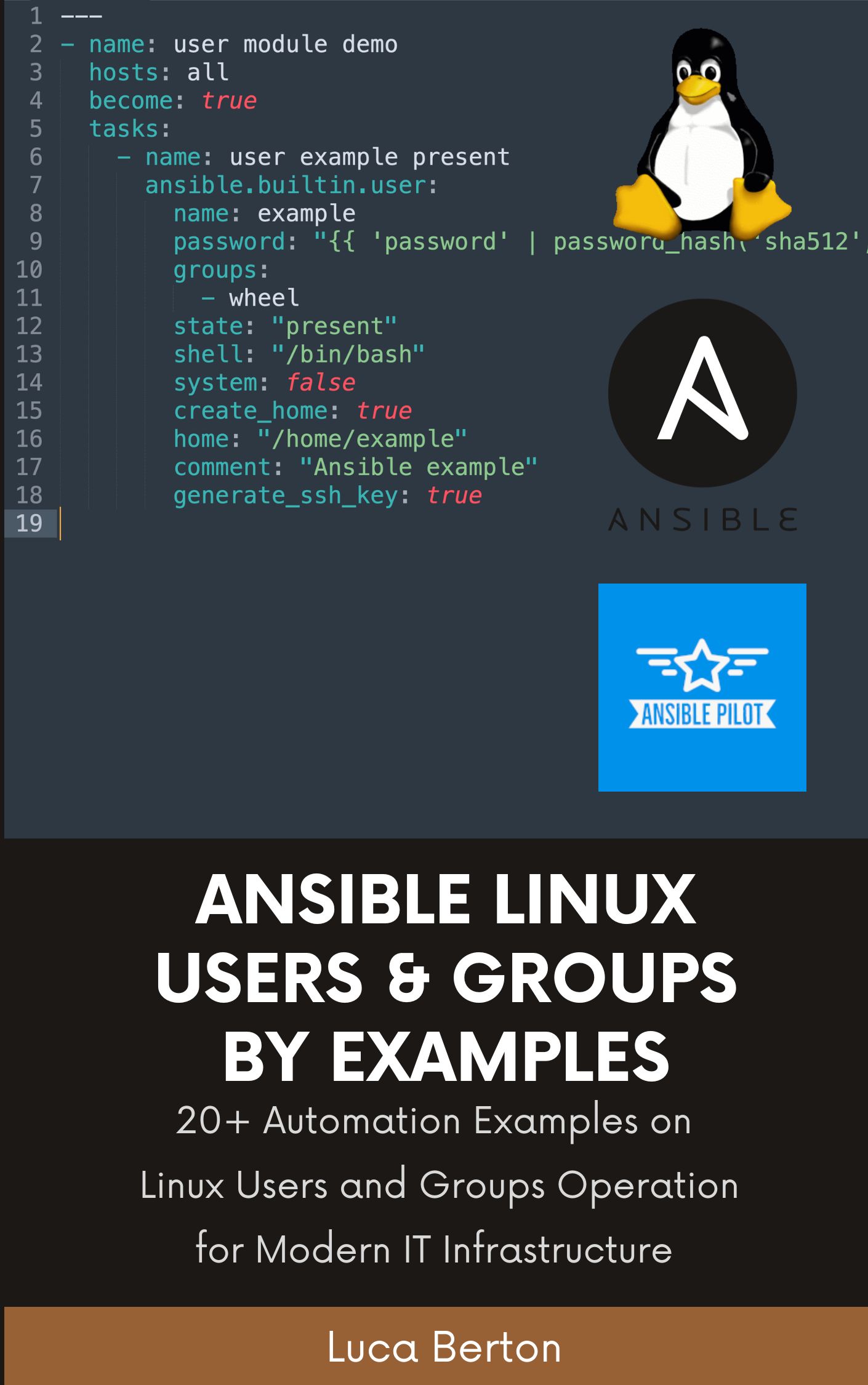 Ansible Linux Users & Groups By Examples: 20+ Automation Examples on Linux Users and Groups Operation for Modern IT Infrastructure
Ansible Linux Users & Groups By Examples: 20+ Automation Examples on Linux Users and Groups Operation for Modern IT Infrastructure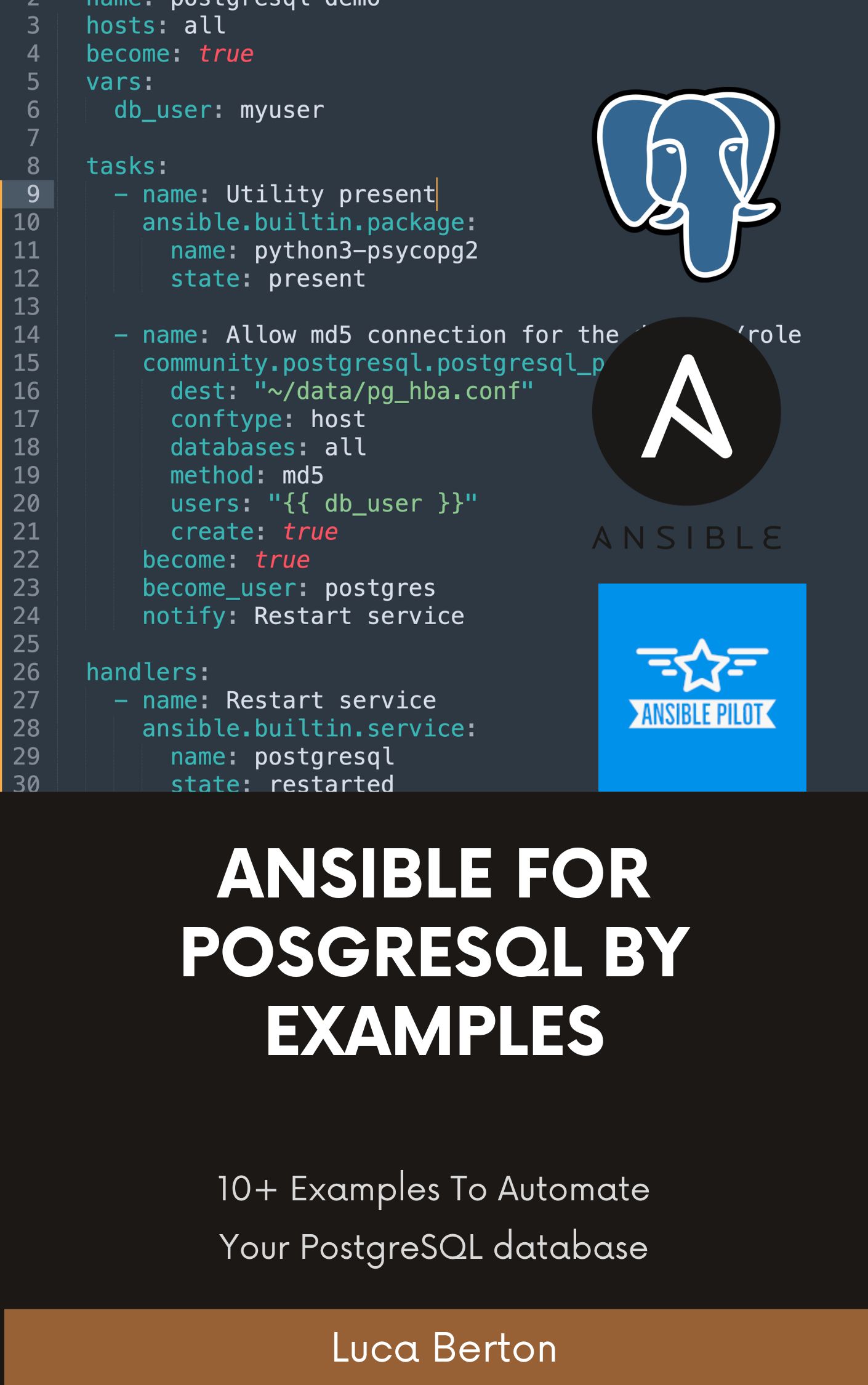 Ansible For PostgreSQL by Examples: 10+ Examples To Automate Your PostgreSQL database
Ansible For PostgreSQL by Examples: 10+ Examples To Automate Your PostgreSQL database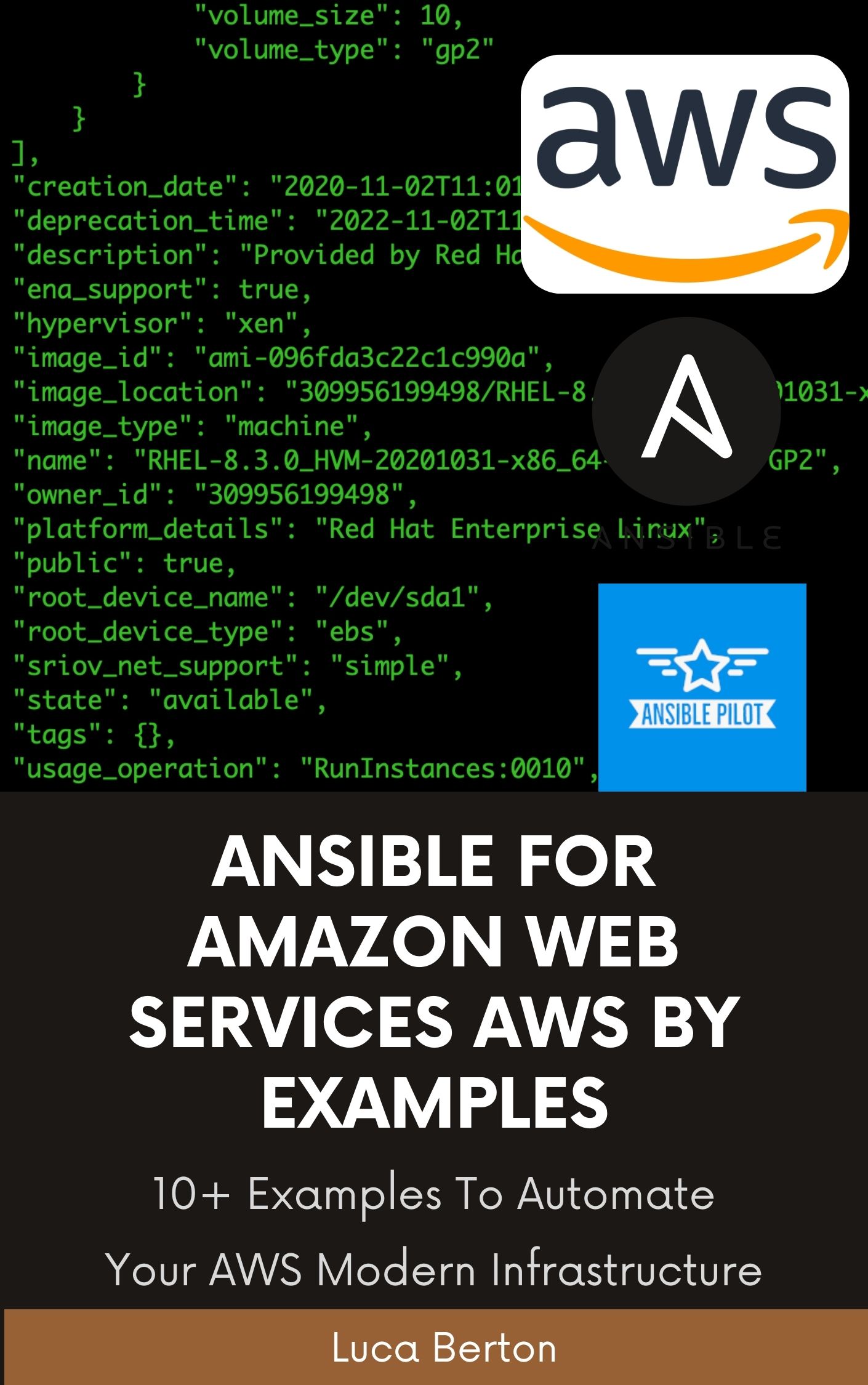 Ansible For Amazon Web Services AWS By Examples: 10+ Examples To Automate Your AWS Modern Infrastructure
Ansible For Amazon Web Services AWS By Examples: 10+ Examples To Automate Your AWS Modern Infrastructure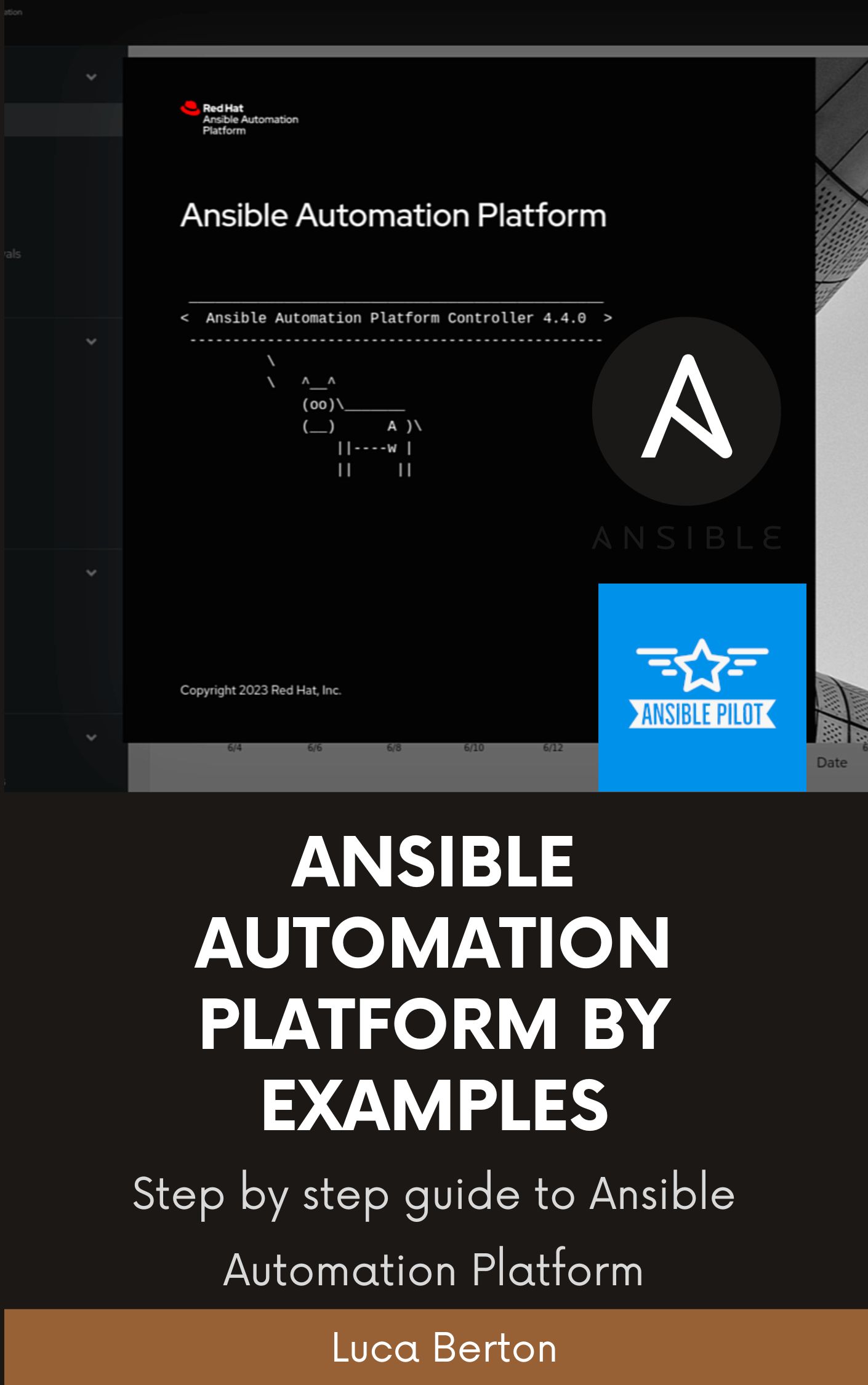 Ansible Automation Platform By Example: A step-by-step guide for the most common user scenarios
Ansible Automation Platform By Example: A step-by-step guide for the most common user scenarios
3. Pricing and Cost Efficiency
Pricing is often the deciding factor for many businesses. Google Vertex AI adopts a pay-as-you-go pricing model, where charges are based on the resources consumed during training and prediction. This model benefits projects with fluctuating workloads, allowing for more predictable budgeting.
Amazon SageMaker also follows a pay-as-you-go model but differentiates itself with some fixed pricing components, such as instance hours and data processing charges. This can offer advantages for projects with consistent workloads, where costs can be estimated more accurately upfront. SageMaker’s Savings Plans also provide a way to reduce costs with commitments to a consistent amount of usage.
Links
Conclusion
Choosing between Google Vertex AI and Amazon SageMaker boils down to specific project needs, existing cloud infrastructure, and personal or organizational proficiency with each platform. If your project demands deep integration with Google Cloud services or you’re looking for an easier entry into AI with powerful AutoML capabilities, Google Vertex AI is your go-to. Conversely, if you desire a more granular control over your ML processes within the AWS ecosystem, accompanied by a comprehensive and flexible environment, Amazon SageMaker will serve you well.
Ultimately, both platforms offer robust, scalable solutions for AI development. The best advice is to experiment with both, leveraging their free tiers or demos. Understanding the nuances of each platform firsthand will empower you to make an informed decision, ensuring your journey in AI development is both successful and fulfilling.
Subscribe to the YouTube channel, Medium, and Website, X (formerly Twitter) to not miss the next episode of the Ansible Pilot.Academy
Learn the Ansible automation technology with some real-life examples in my
My book Ansible By Examples: 200+ Automation Examples For Linux and Windows System Administrator and DevOps
Donate
Want to keep this project going? Please donate
 The Linux Foundation Linux Performance Tuning - Build a broad toolkit to optimize Linux performance from the kernel up
The Linux Foundation Linux Performance Tuning - Build a broad toolkit to optimize Linux performance from the kernel up

